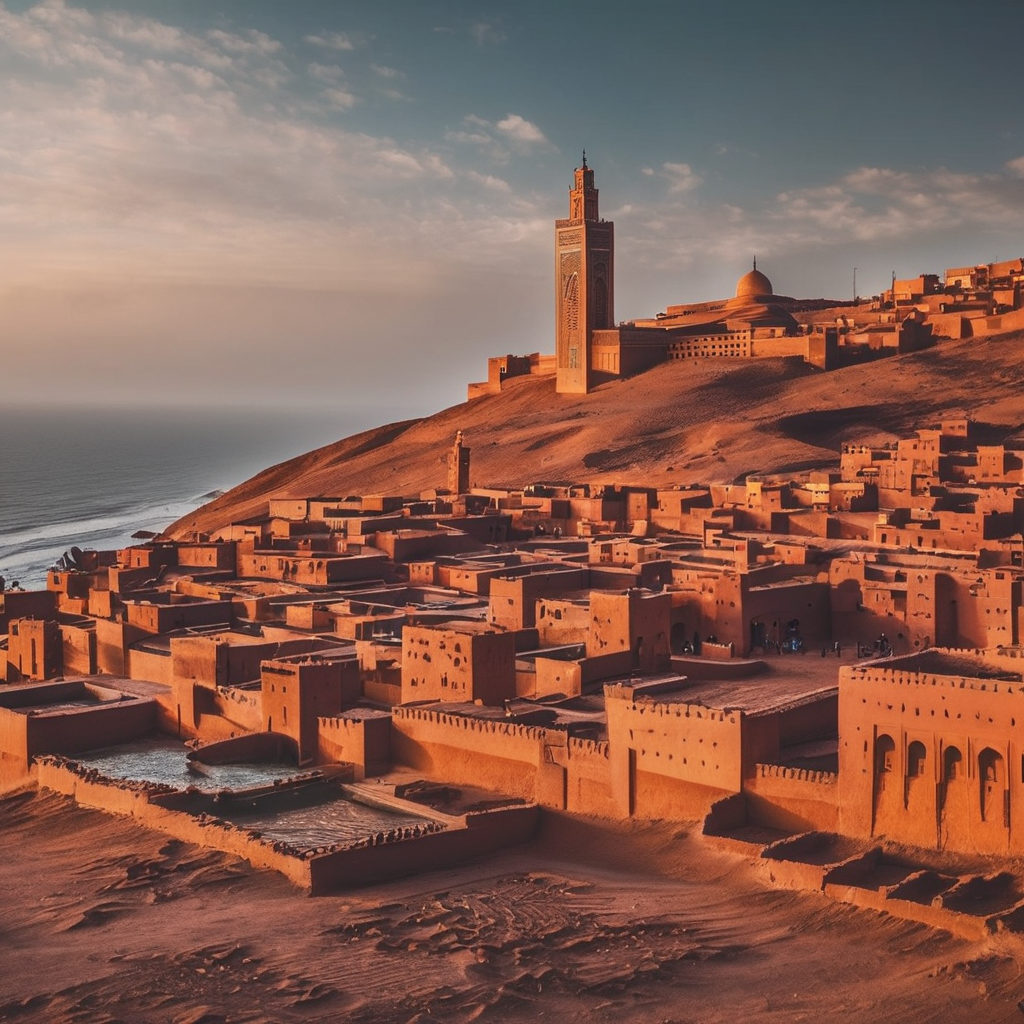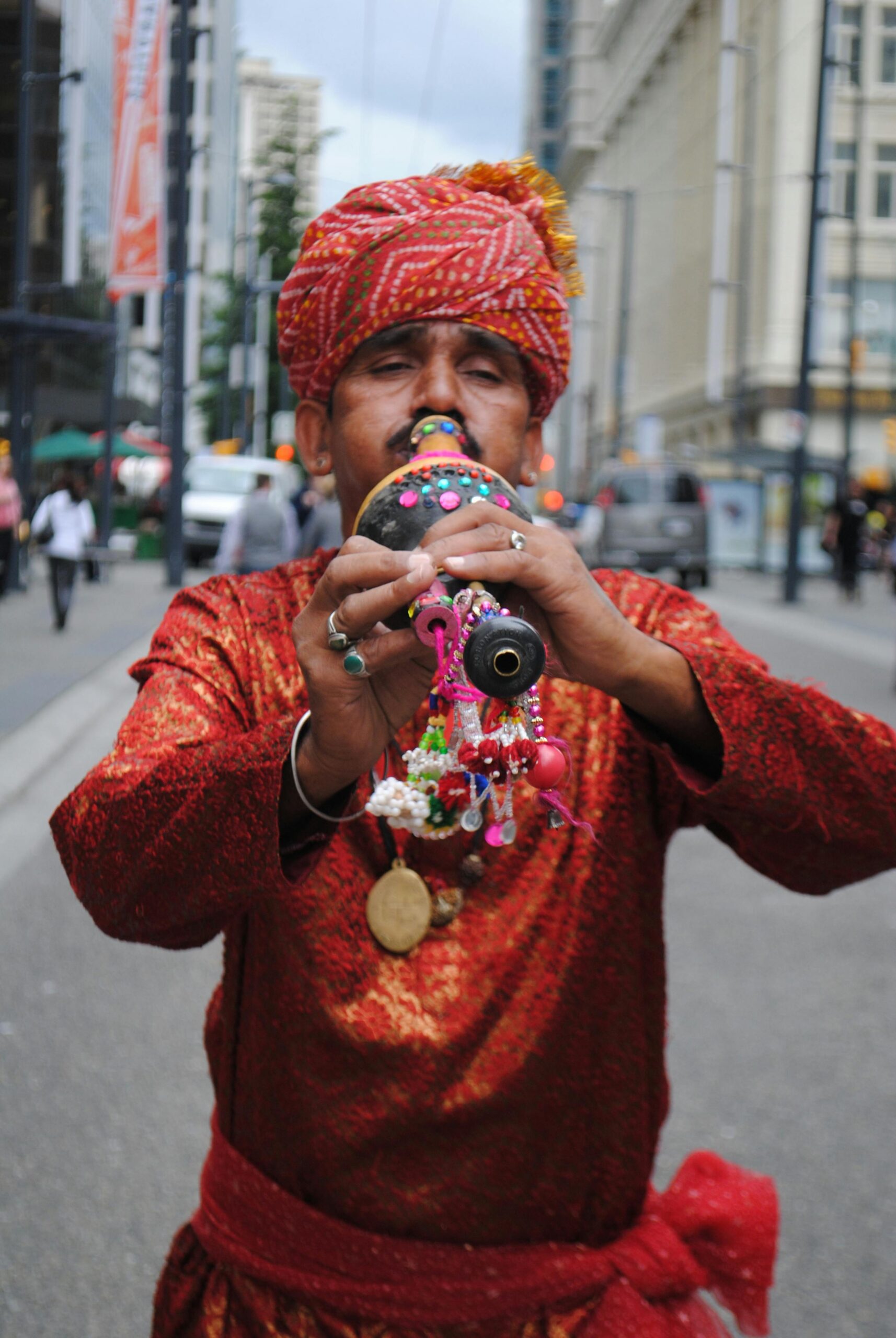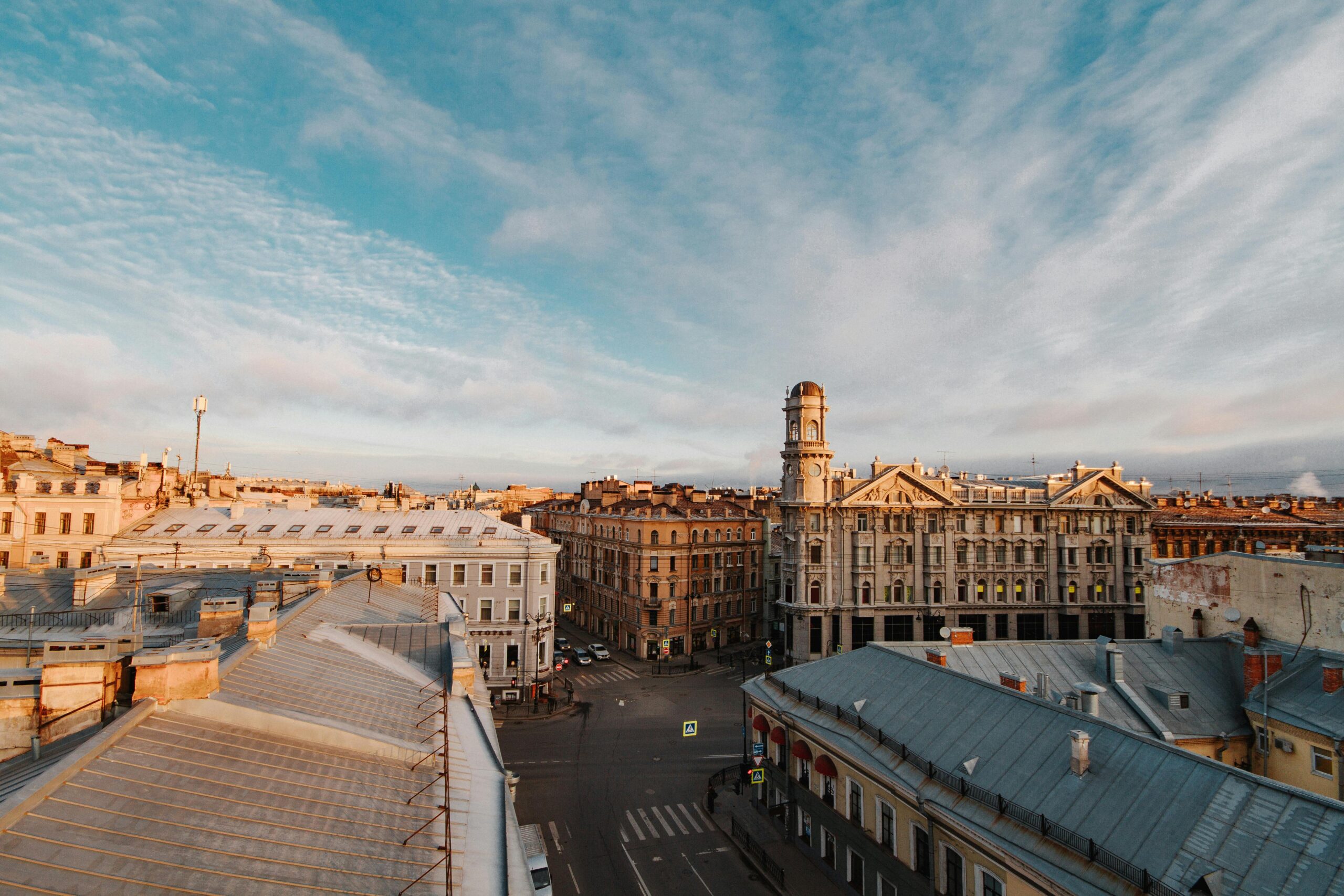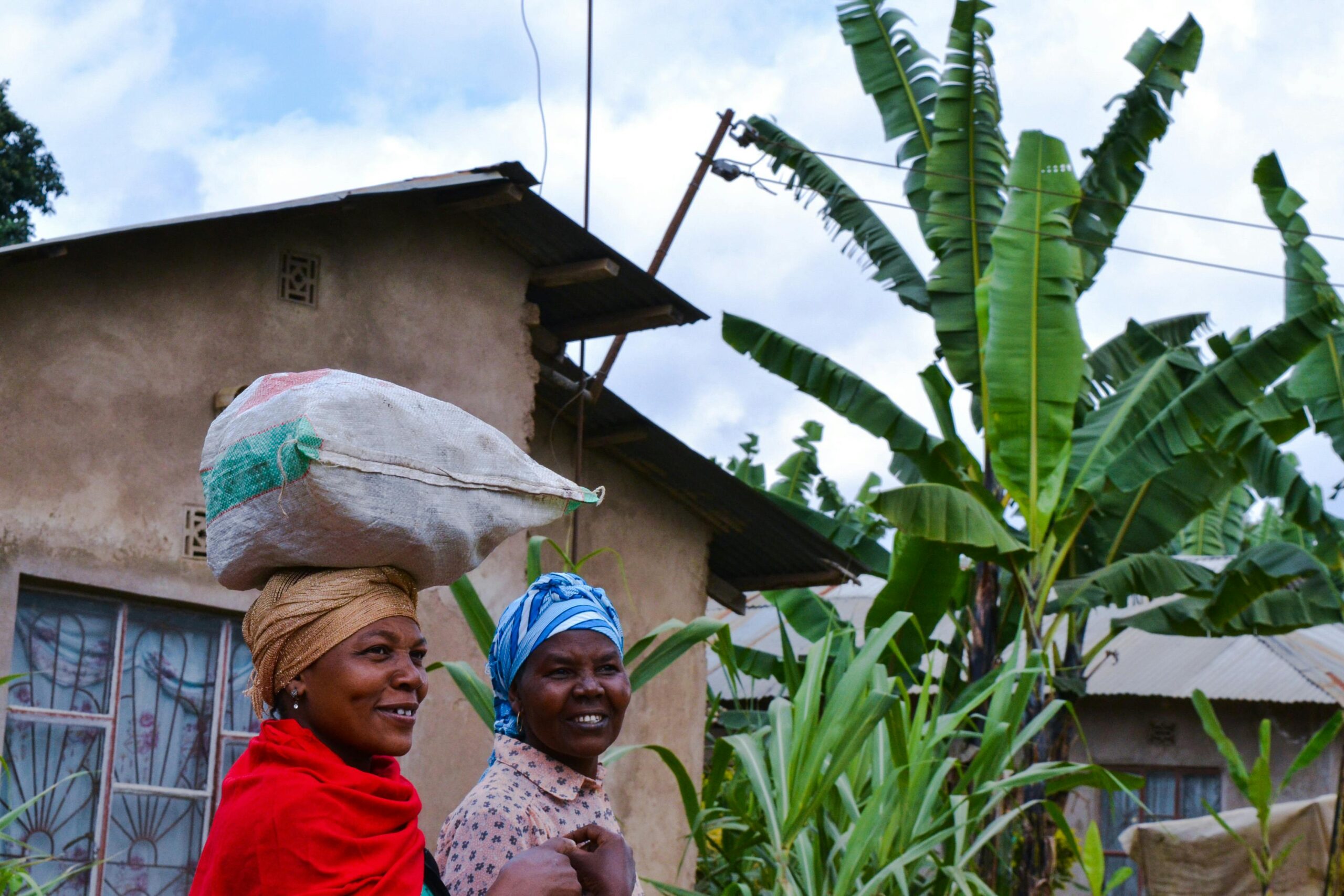Morocco, a vibrant country located in North Africa, offers a unique blend of rich culture, diverse landscapes, and historical landmarks. From the bustling markets of Marrakech to the serene deserts of the Sahara, Morocco is a destination that captures the imagination and hearts of travelers. Visiting Morocco is not just about seeing beautiful places; it’s about experiencing a culture that various civilizations have influenced over centuries. This article explores five must-visit places in Morocco, each offering a distinct experience for travelers.
Geographical Information
Located at the crossroads of Europe and Africa, Morocco boasts a diverse geography that includes mountain ranges, vast deserts, and stunning coastlines. The country’s climate varies significantly from region to region. Coastal areas enjoy a Mediterranean climate, while the interior regions, including the Sahara, have a more arid climate. The best time to visit Morocco is during the spring (March to May) or autumn (September to November) when the weather is pleasant, and the tourist crowds are thinner.
Cultural Insights
Moroccan culture is a rich tapestry woven from Berber, Arab, and French influences. The country is known for its warm hospitality, traditional music, and intricate architecture. Moroccan customs emphasize respect and courtesy, making it important for visitors to adhere to local etiquette, such as dressing modestly and removing shoes when entering homes. The cuisine, a highlight of Moroccan culture, features dishes like tagine, couscous, and pastilla, which are often infused with aromatic spices and fresh ingredients.
Must-Visit Attractions
1. Marrakech
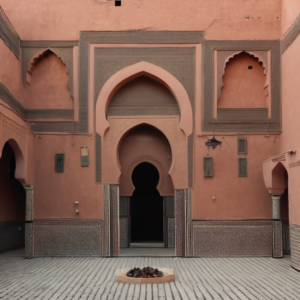
Marrakech, known as the “Red City,” is one of Morocco’s most vibrant and bustling cities. The city’s main square, Jemaa el-Fnaa, is a lively hub of activity where visitors can experience traditional Moroccan entertainment, including musicians, dancers, and storytellers. The Koutoubia Mosque, with its stunning minaret, is an iconic symbol of the city. The Majorelle Garden, a botanical masterpiece, offers a serene escape from the city’s hustle and bustle. The Medina of Marrakech, a UNESCO World Heritage site, is a maze of narrow alleys filled with souks (markets) selling everything from spices to handmade crafts.
2. Fes
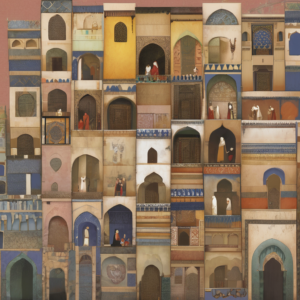
Fes, often considered the cultural and spiritual capital of Morocco, is home to one of the world’s oldest universities, Al Quaraouiyine. The city’s old town, Fes el Bali, is a UNESCO World Heritage site known for its medieval architecture and vibrant souks. The Bou Inania Madrasa is a stunning example of Marinid architecture, featuring intricate carvings and beautiful tile work. The Royal Palace, with its impressive golden gates, is another must-see attraction in Fes.
3. Chefchaouen
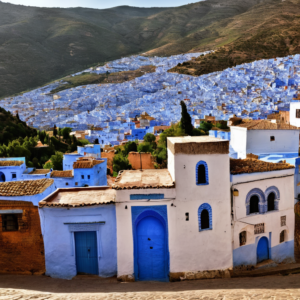
Known as the “Blue City,” Chefchaouen is famous for its distinctive blue-painted buildings and narrow winding streets. The Kasbah Museum offers insight into the city’s history and culture, while the nearby Ras Elma Waterfall provides a beautiful natural escape. Chefchaouen is also renowned for its local crafts, particularly woven textiles and ceramics, making it a great place for shopping.
4. Sahara Desert
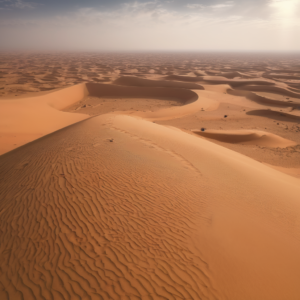
No visit to Morocco is complete without experiencing the vast Sahara Desert. Visitors can embark on camel treks, spend a night under the stars in a desert camp, and explore the towering dunes of Erg Chebbi near Merzouga. The Sahara offers a unique opportunity to experience the tranquility and beauty of the desert landscape.
5. Casablanca
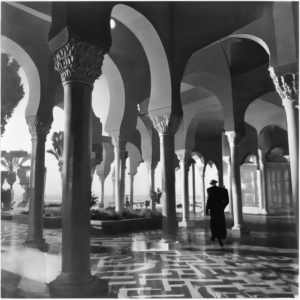
Casablanca, Morocco’s largest city, is a modern metropolis with a rich history. The Hassan II Mosque, one of the largest mosques in the world, features stunning architecture and a breathtaking oceanfront location. The city’s Old Medina offers a glimpse into traditional Moroccan life, while the Corniche is a popular waterfront area with restaurants, cafes, and entertainment options. The Royal Palace of Casablanca, though not open to the public, is an impressive sight from the outside.
Activities and Experiences
Morocco offers a wide range of activities and experiences for travelers. Exploring the vibrant souks is a must, where visitors can haggle for unique souvenirs and taste local delicacies. Traditional Moroccan hammams (bathhouses) provide a relaxing and rejuvenating experience. For adventure seekers, Morocco offers trekking in the Atlas Mountains, surfing along the Atlantic coast, and exploring the country’s numerous historical sites. Morocco also hosts various cultural festivals throughout the year, celebrating everything from music to film.
Travel Tips
When planning a trip to Morocco, choosing the right accommodation is key. Options range from luxury riads (traditional Moroccan houses) to budget-friendly hostels. The country has a well-developed transportation network, including trains, buses, and taxis, making it easy to get around. It’s important to pack appropriately for the climate and cultural norms; lightweight clothing is recommended for the heat, while modest attire is advised for visiting religious sites.
Safety and Health Precautions
Morocco is generally a safe country for travelers, but it’s always important to take basic precautions. Be aware of your surroundings, especially in crowded areas, and avoid displaying valuables. Health-wise, travelers should consider vaccinations for hepatitis A and typhoid, and it’s advisable to drink bottled water. It’s also recommended to have travel insurance that covers health and accidents.
Budget Planning
Traveling in Morocco can be very affordable. Budget travelers can find inexpensive accommodations, meals, and activities, while those looking for a more luxurious experience will find plenty of options. It’s possible to enjoy a meal at a local restaurant for a few dollars, and public transportation is reasonably priced. When budgeting, consider costs for accommodations, food, entrance fees to attractions, and transportation.
Local Cuisine
Moroccan cuisine is a delightful blend of flavors and spices. Must-try dishes include tagine, a slow-cooked stew typically made with meat, vegetables, and a variety of spices; couscous, a staple grain often served with vegetables and meat; and pastilla, a sweet and savory pastry. Street food, such as msemen (a type of Moroccan pancake) and brochettes (meat skewers), offers a delicious and affordable way to taste local flavors. Each city in Morocco has its culinary specialties, and dining at local restaurants is a great way to experience the diversity of Moroccan cuisine.
Conclusion
Morocco is a destination that offers something for every traveler. Whether you’re interested in exploring ancient cities, experiencing vibrant cultures, or embarking on outdoor adventures, Morocco has it all. The country’s rich history, stunning landscapes, and warm hospitality make it a must-visit destination. As you plan your trip, consider the cultural insights, travel tips, and budget advice provided in this guide to make the most of your Moroccan adventure.

